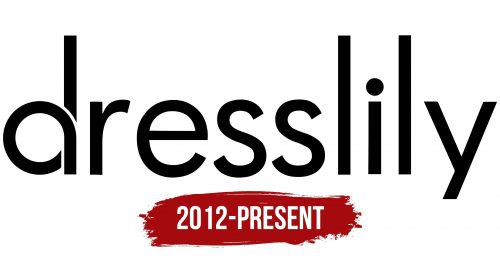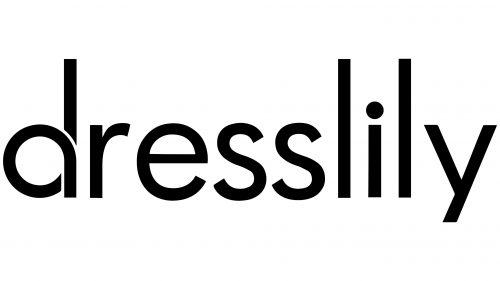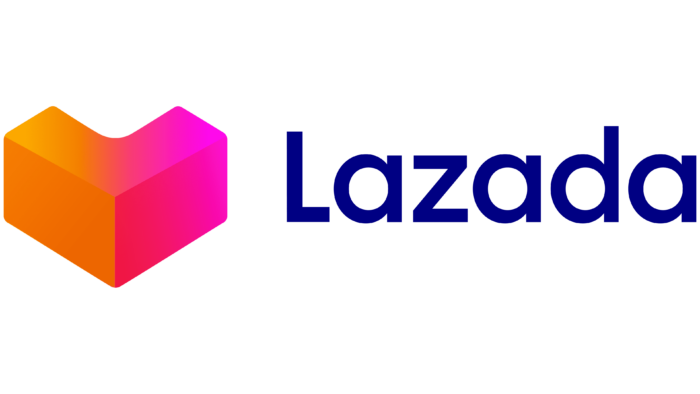The DressLily logo expresses style, variety, and accessibility, conveying the brand’s idea of providing fashionable clothing and accessories for a wide range of consumers. The symbol’s design emphasizes the company’s commitment to modern fashion trends and individual style.
DressLily: Brand overview
The history of DressLily began in 2013 when the Chinese company established itself as an online clothing and accessories retailer. Initially focused on the global market, particularly customers in North America and Europe, the brand joined a broader network of businesses specializing in e-commerce.
The founders aimed to offer stylish apparel and accessories at affordable prices, emphasizing a wide range of products and quickly changing trends. The company developed strong relationships with several Chinese manufacturers, allowing it to offer products at competitive prices.
In its first year, the focus was on building a robust e-commerce platform and establishing logistics processes. Starting with a limited selection of women’s apparel, the company gradually expanded its offerings based on customer feedback and industry trends.
In 2014, significant growth occurred as the product line expanded to include home goods, accessories, and men’s clothing. That same year, the brand actively increased its social media presence, particularly on Facebook and Instagram, which helped rapidly grow its audience and attract potential customers.
A major milestone in growth came in 2015 with the launch of a mobile app. In response to the growing mobile shopping trend, this move improved the purchasing experience for customers who preferred shopping on their smartphones.
In 2016, the company expanded its delivery reach, offering free shipping to over 200 countries, significantly broadening its global presence—the introduction of an affiliate marketing program that year attracted influencers and bloggers to promote products.
In 2017, efforts were focused on improving customer service. A 24/7 multilingual support service was launched, facilitating better communication with customers across different countries and time zones. Additionally, the company began improving product quality in response to customer feedback.
The year 2018 was marked by technological advancements. The brand introduced a personalized recommendation system powered by machine learning algorithms, offering customers products that best matched their preferences. A virtual assistant was also launched to simplify the shopping experience.
2019, the product range was expanded by adding a plus-size line and a special occasion collection. The company also increased its presence on various e-commerce platforms, including eBay and Amazon, attracting new customers.
Despite global challenges in 2020, growth and adaptation continued. The range of home goods and apparel was quickly expanded to meet changing consumer demands, and the distribution process was improved to ensure the safety of both employees and customers.
Significant investments were made in the logistics system in 2021, establishing new warehouses in strategic locations to speed up deliveries and enhance customer service. A loyalty program was also introduced, offering early access to new collections and exclusive discounts for loyal customers.
In 2022, the focus shifted to ethical and sustainable production. A special collection made from recycled materials was launched, and partnerships were formed with manufacturers who used eco-friendly practices. Transparency in the supply chain was also increased, providing customers with more detailed information about the origins of products.
By the start of 2023, the company had established itself as a leading player in the online fashion retail sector. The product line continued to expand, focusing on the needs of young consumers and fast fashion trends. Efforts were also made to strengthen the brand, aiming to shift perceptions of Chinese online retailers by associating its name with quality and style.
The company has faced negative customer feedback, delayed deliveries, and product quality issues throughout its journey. However, continuous efforts to improve by listening to customer feedback and adapting to changing market needs have allowed the brand to grow from a small startup to a recognized name in online retail.
Meaning and History
What is DressLily?
DressLily, a global online fashion retailer founded in 2012, offers a wide range of men’s and women’s apparel and accessories, as well as a variety of home textiles, delivered to customers worldwide directly from its headquarters in Hamburg, Germany. The company has expanded its horizons in home textiles, demonstrating the same commitment to style and quality.
2012 – today
The DressLily logo perfectly reflects the style of well-known fashion industry brands. It consists of just one word, rendered in a simple, flat sans-serif font. The emblem’s black color aligns with the beauty industry’s high standards, giving it a sense of elegance and class. The letters are tall, bold, and lowercase, yet they appear unique.
The two “l” letters stand out, as they are significantly elongated, adding a touch of playfulness to the emblem. The letter “e” resembles a knot or the lower part of a pin, adding a distinctive flair to the overall design. The elegance of the glyphs is evident in the balanced combination of angles and curves, giving the logo sophistication and visual appeal.





